CMOS-compatible quantum computers can now benefit from error correction.
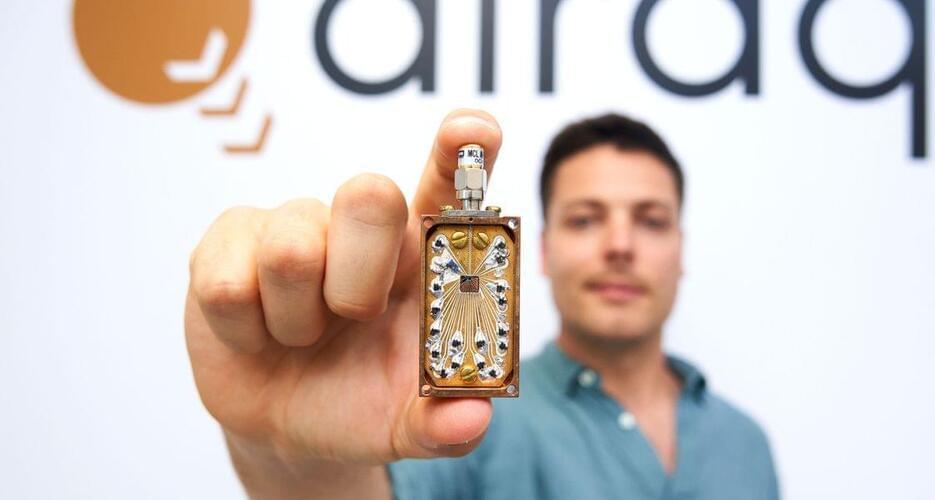


The principles of thermodynamics are cornerstones of our understanding of physics. But they were discovered in the era of steam-driven technology, long before anyone dreamed of quantum mechanics. In this episode, the theoretical physicist Nicole Yunger Halpern talks to host Steven Strogatz about how physicists today are reinterpreting concepts such as work, energy and information for a quantum world.
Listen on Apple Podcasts, Spotify, TuneIn or your favorite podcasting app, or you can stream it from Quanta.
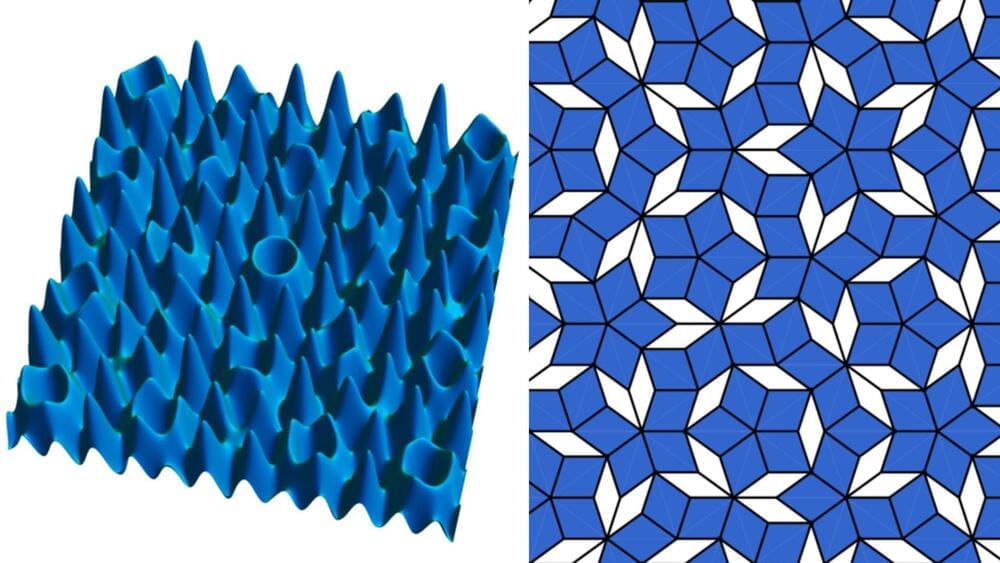
As its name implies, the Bose glass exhibits certain glass-like properties, with all particles in the system becoming localized. This means that each particle remains confined to its position, without interacting or blending with its neighbors.
If coffee behaved in this way, for example, stirring milk into it would result in a permanent pattern of black and white stripes that never mix into a uniform color.
In a localized system like the Bose glass, particles don’t mix with their environment, which suggests that quantum information stored within such a system could be retained for much longer periods. This property has significant implications for quantum computing and information storage.
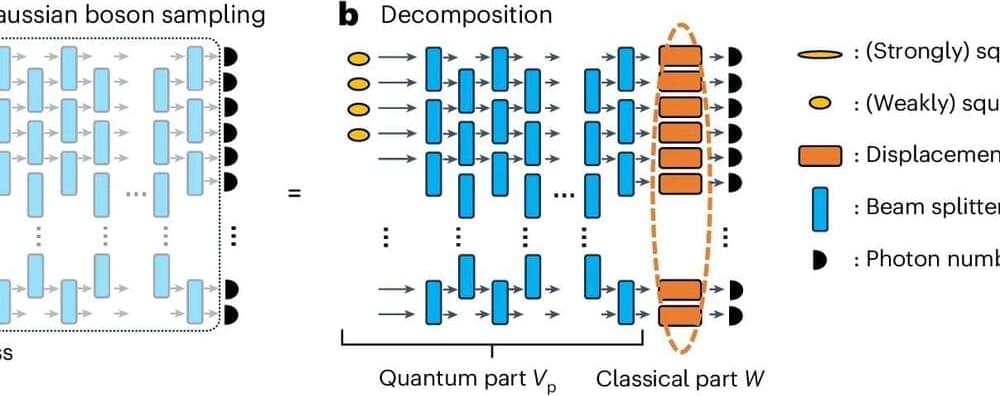
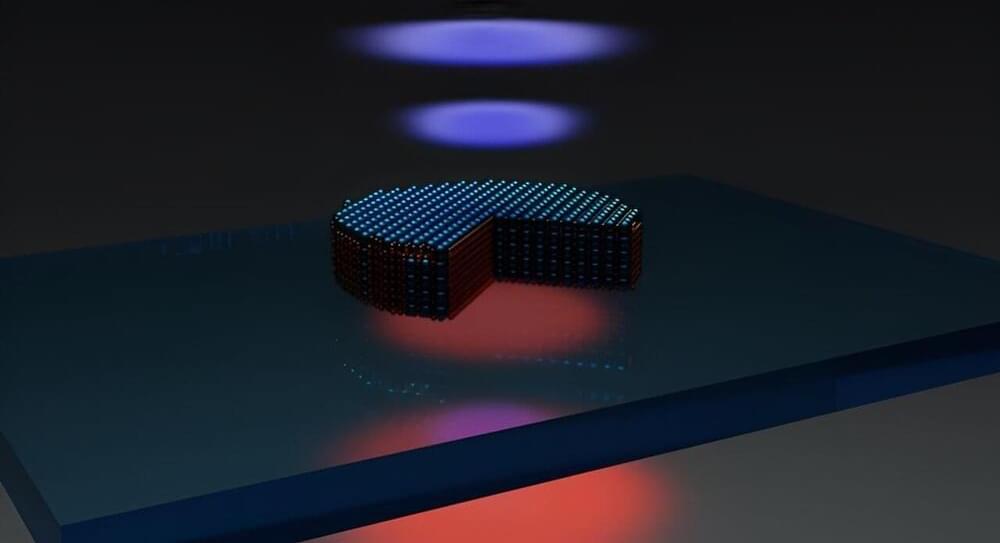
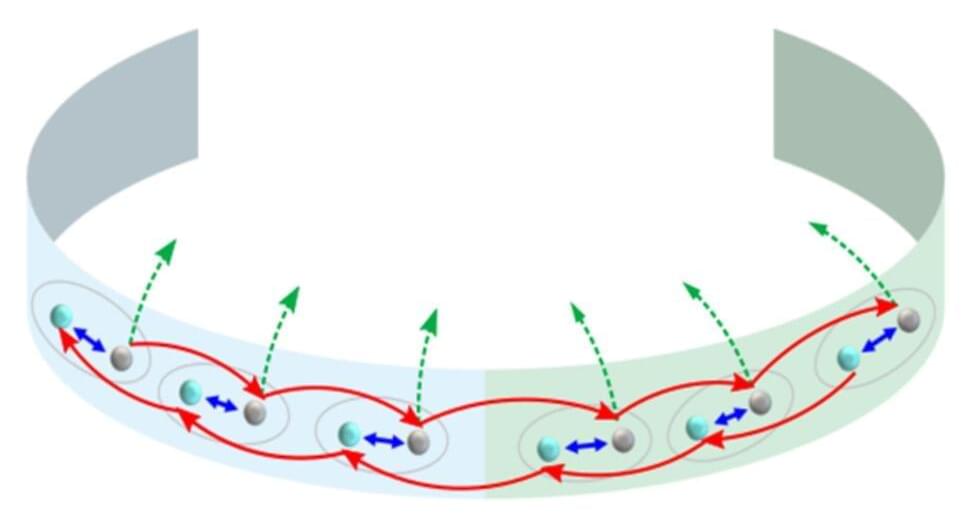
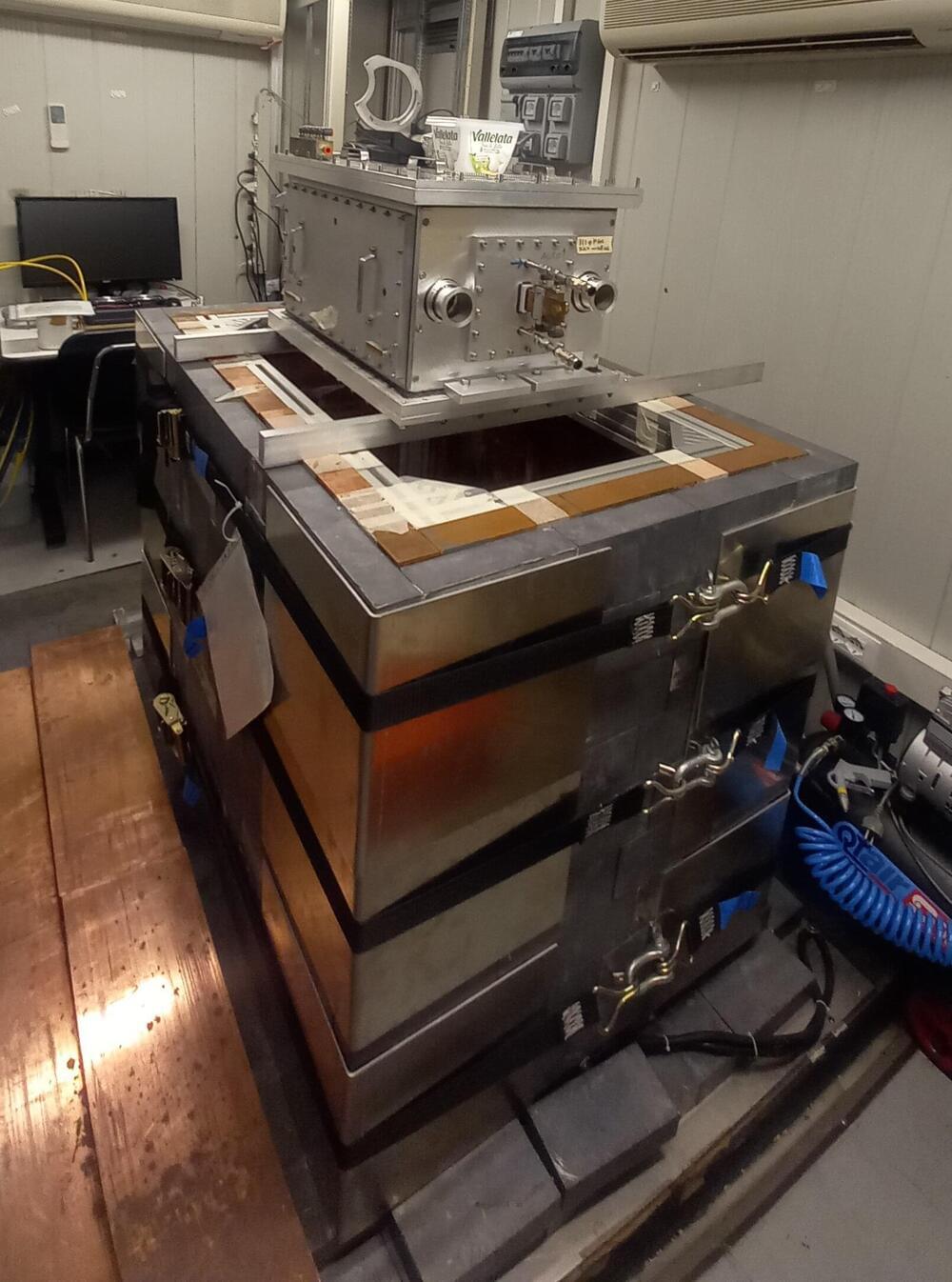
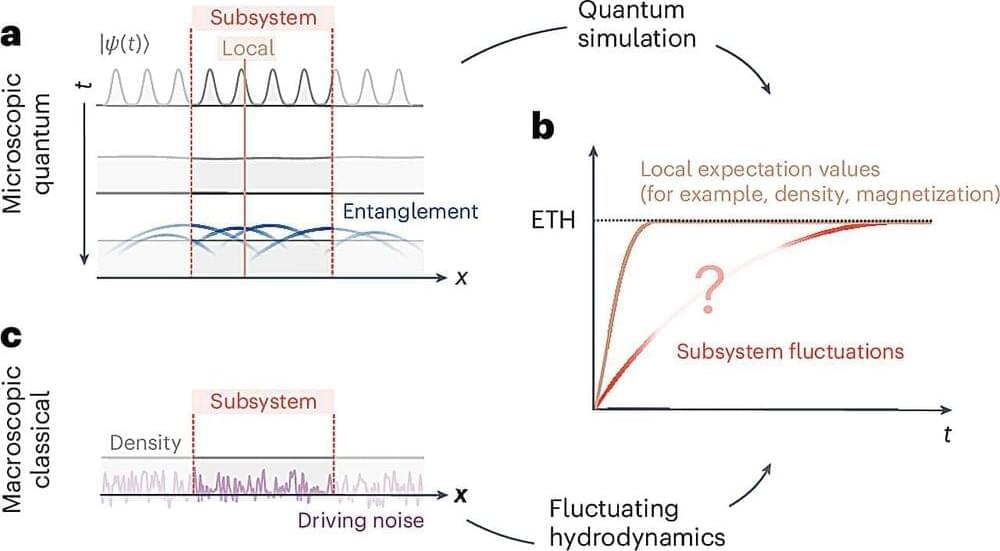
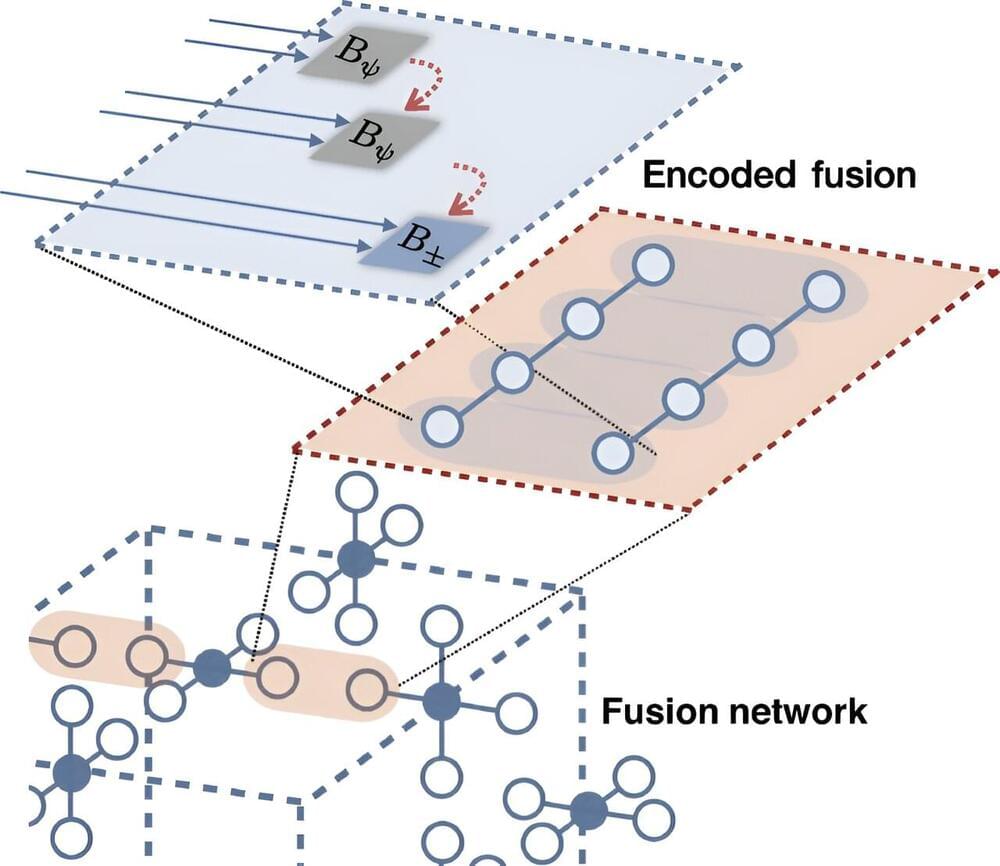
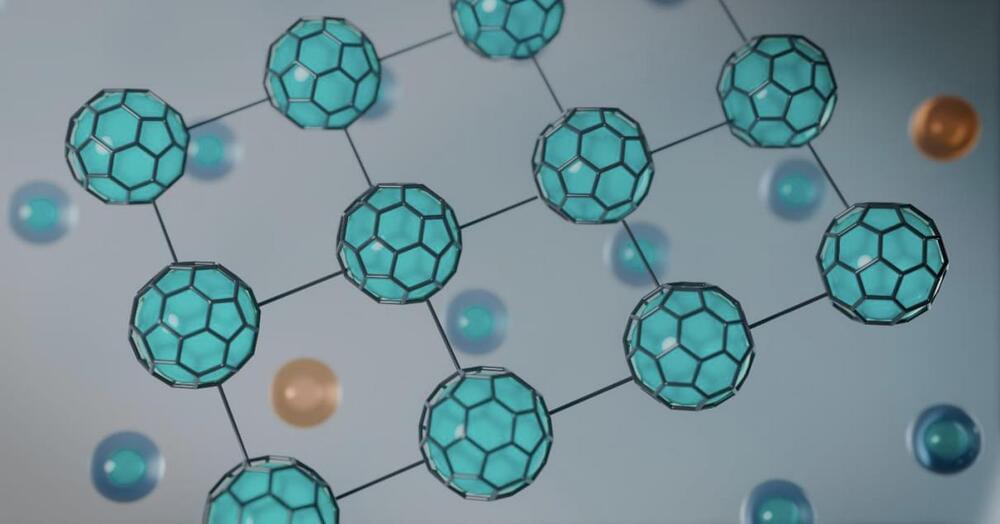
According to Zander, the company’s recent work builds on a blockbuster advance that Microsoft and Quantinuum announced in the spring.
Zander writes: “In April, we announced that we’re entering the next phase for solving meaningful problems with reliable quantum computers by demonstrating the most reliable logical qubits with an error rate 800x better than physical qubits.” He adds, “In less than six months, our improved qubit-virtualization system tripled reliable logical qubit counts.”
The advance goes to the heart of a primary challenge in quantum computing today: the unreliability of physical qubits, which are prone to errors due to their highly sensitive nature. Microsoft addressed this issue by creating logical qubits, which are collections of physical qubits working together to correct errors and maintain coherence.